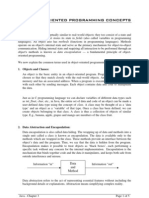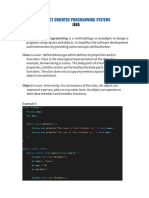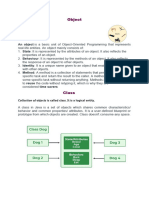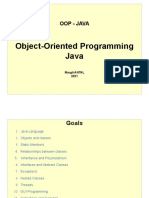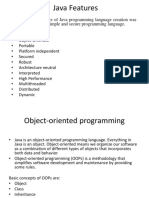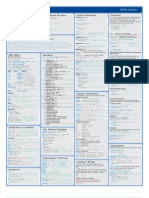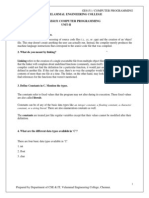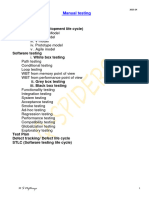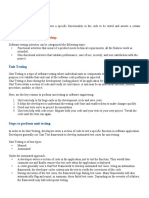0% found this document useful (0 votes)
53 views57 pagesJava Unit 2
The document discusses various Java fundamentals including variables, data types, operators, and object-oriented programming concepts. It defines variables as containers that hold values, and describes local, instance, and static variables. It also defines primitive and non-primitive data types. Key object-oriented concepts like classes, objects, inheritance, polymorphism, abstraction, and encapsulation are summarized.
Uploaded by
veyide7506Copyright
© © All Rights Reserved
We take content rights seriously. If you suspect this is your content, claim it here.
Available Formats
Download as PDF, TXT or read online on Scribd
0% found this document useful (0 votes)
53 views57 pagesJava Unit 2
The document discusses various Java fundamentals including variables, data types, operators, and object-oriented programming concepts. It defines variables as containers that hold values, and describes local, instance, and static variables. It also defines primitive and non-primitive data types. Key object-oriented concepts like classes, objects, inheritance, polymorphism, abstraction, and encapsulation are summarized.
Uploaded by
veyide7506Copyright
© © All Rights Reserved
We take content rights seriously. If you suspect this is your content, claim it here.
Available Formats
Download as PDF, TXT or read online on Scribd
/ 57









